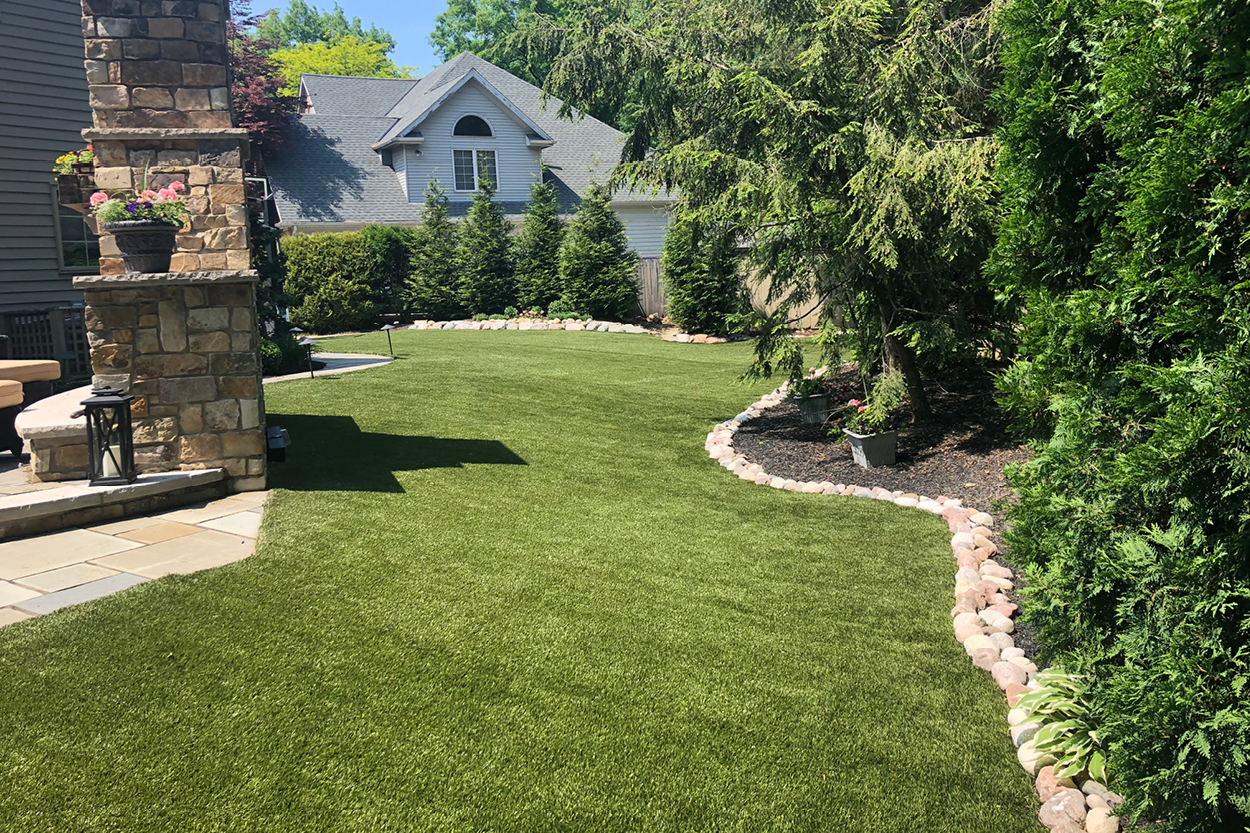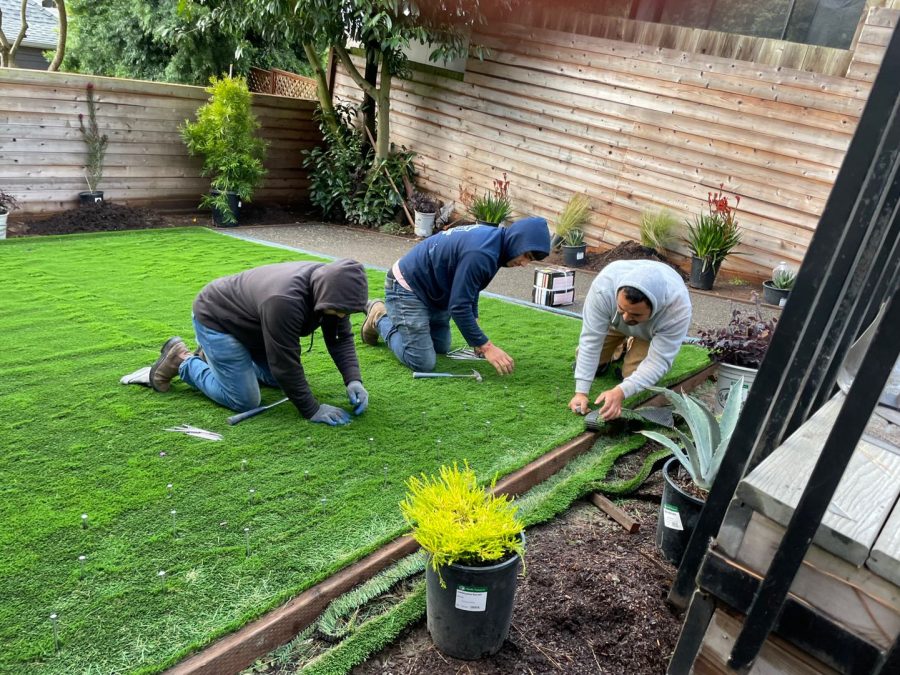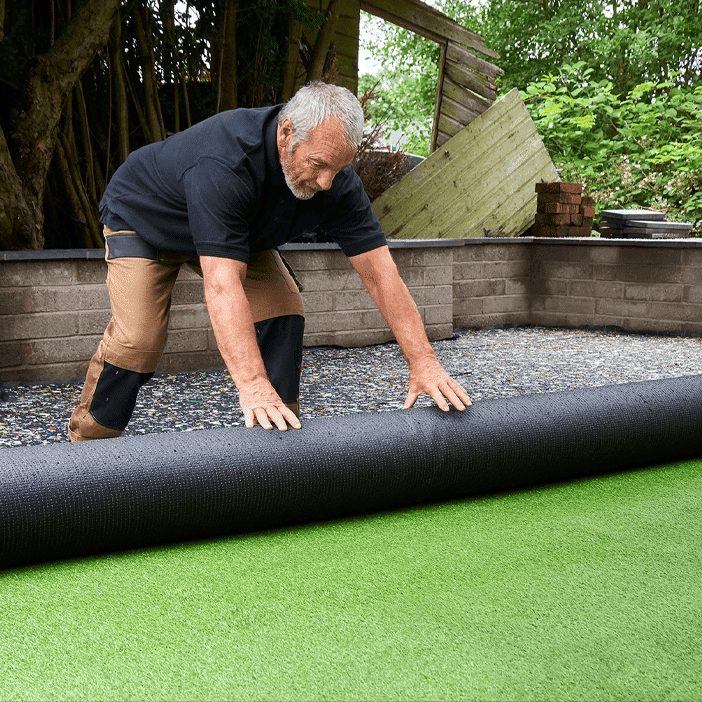Find the Most Trusted Artificial Turf Companies Phoenix for Your Home or Commercial Space
Find the Most Trusted Artificial Turf Companies Phoenix for Your Home or Commercial Space
Blog Article
Look Into the Environmental Advantages of Opting for Synthetic Grass Solutions
The adoption of synthetic lawn services offers an engaging opportunity to attend to pushing ecological challenges. By significantly lowering water use and lessening the application of hazardous chemicals, these options not only advertise sustainable landscape design but likewise shield neighborhood ecological communities. The reduced carbon impact connected with reduced upkeep tasks adds to a more sustainable technique to land management. Nonetheless, the ramifications of these benefits expand beyond mere preservation initiatives, increasing inquiries regarding their long-term influence on habitat conservation and general eco-friendly equilibrium. Checking out these measurements reveals an intricate interaction worth taking into consideration.
Water Preservation Benefits
One of the most considerable benefits of artificial turf is its ability to conserve water. In contrast, artificial lawn does not need watering, considerably minimizing the general demand for water sources.
By eliminating the requirement for normal watering, synthetic grass contributes to lasting landscape techniques and assists minimize the environmental influence of extreme water usage. The conservation of water expands to the reduction of drainage, which can lead to soil disintegration and river pollution.
Furthermore, the installment of synthetic grass permits municipalities and property owners to assign water resources a lot more efficiently, concentrating on important usages such as drinking water and farming. The change towards synthetic grass not just promotes accountable water use but likewise aligns with wider ecological objectives focused on preserving natural deposits.
As neighborhoods increasingly focus on sustainability, the water preservation advantages of synthetic grass offer an engaging situation for its fostering in business and domestic landscaping projects.
Reduced Chemical Use
The shift to synthetic grass dramatically decreases the dependence on chemical treatments generally made use of in all-natural turf maintenance. Conventional turf monitoring usually entails the application of fertilizers, chemicals, and herbicides to promote growth and control parasites. These chemicals can pose threats to human health, neighborhood wild animals, and the setting, adding to soil and water contamination.
In comparison, man-made grass gets rid of the need for these hazardous compounds. By decreasing the launch of artificial substances right into the ecosystem, man-made lawn advertises much healthier soil and water systems.
Moreover, the absence of chemical drainage related to synthetic grass installments aids secure regional rivers from contamination, supporting water life and keeping biodiversity. Phoenix turf companies. As communities increasingly focus on lasting practices, choosing synthetic grass provides a sensible solution that lines up with ecological preservation goals. Through this shift, residential property owners can enjoy lavish green areas without jeopardizing eco-friendly health and wellness, leading the way for an extra lasting future
Reduced Carbon Footprint

Furthermore, the setup of man-made visit the site turf can lead to considerable water preservation. All-natural lawns need substantial amounts of water for irrigation, which not just contributes to the carbon impact related to water removal and therapy but likewise pressures regional water resources. On the other hand, synthetic turf requires minimal maintenance, needing no watering, thus dramatically decreasing water use and its connected energy expenses.
Furthermore, the durability of fabricated lawn contributes to its reduced carbon effect. With a lifespan of approximately 15 years or even more, the need for regular replacements is reduced, leading to less waste and lower energy consumption in production and getting rid of conventional yard choices. On the whole, synthetic grass offers a lasting option for environmentally mindful landscape design.
Habitat Conservation
Environment preservation is a vital consideration in the discussion over landscape design selections, particularly when comparing synthetic turf to all-natural turf. Natural grass yards usually call for considerable upkeep, including making use of chemicals, herbicides, and plant foods, which can detrimentally influence regional environments. These chemicals can leach into the soil and waterways, damaging indigenous vegetation and fauna and interrupting local habitats.
In contrast, synthetic grass presents an opportunity to reduce the ecological impact of landscaping. By choosing artificial turf, property owners can minimize the disturbance of natural habitats connected with traditional yard treatment practices. Man-made turf gets rid of the demand for dangerous chemicals, thereby protecting nearby wild animals and maintaining the honesty of surrounding communities. The installation of synthetic turf can lead to the conversion of previous yard areas right into more biodiverse landscapes, such as pollinator yards or indigenous plant locations, which can support regional wildlife.
Inevitably, the shift to synthetic grass not just conserves water and decreases maintenance initiatives but likewise promotes an extra unified relationship between human tasks and the natural surroundings, promoting habitat conservation while doing so.
Long-Term Sustainability
Lasting sustainability is an important element in evaluating the advantages of man-made lawn over conventional lawn yards. Among one of the most substantial benefits of synthetic grass is its resilience; it can last as much as 15-20 years with marginal upkeep, whereas all-natural turf calls for regular reseeding and replacement. This longevity reduces the demand for continuous resources, such as water, plant foods, and pesticides, which are necessary for keeping a healthy grass yard.
Additionally, artificial turf contributes to a decrease in carbon exhausts connected with lawn care tools. Traditional yards linked here often call for gas-powered mowers, leaners, and blowers, every one of which add to air contamination. Arizona artificial turf. In contrast, fabricated turf eliminates the demand for such equipment, promoting a cleaner environment
In addition, the manufacturing of fabricated turf progressively uses recycled products, boosting its sustainability profile. As producers embrace environmentally friendly practices, the ecological footprint of fabricated turf proceeds to reduce.

Final Thought
The adoption of synthetic grass services offers considerable environmental benefits, including considerable water preservation, minimized reliance on unsafe chemicals, and a reduced carbon impact. Synthetic turf help in preserving all-natural habitats by reducing land disturbance and promoting long-lasting sustainability with the usage of long lasting materials. Collectively, these variables highlight the potential of fabricated lawn to add positively to environmental health and wellness and use a practical choice great site to traditional landscaping methods in a progressively resource-conscious world.
In comparison, synthetic turf does not require watering, considerably decreasing the total demand for water resources. By decreasing the launch of artificial compounds right into the ecosystem, synthetic grass advertises much healthier soil and water systems.
Moreover, the setup of man-made grass can result in considerable water conservation. In contrast, fabricated turf requires marginal upkeep, needing no watering, thus significantly lowering water usage and its connected power costs.

Report this page